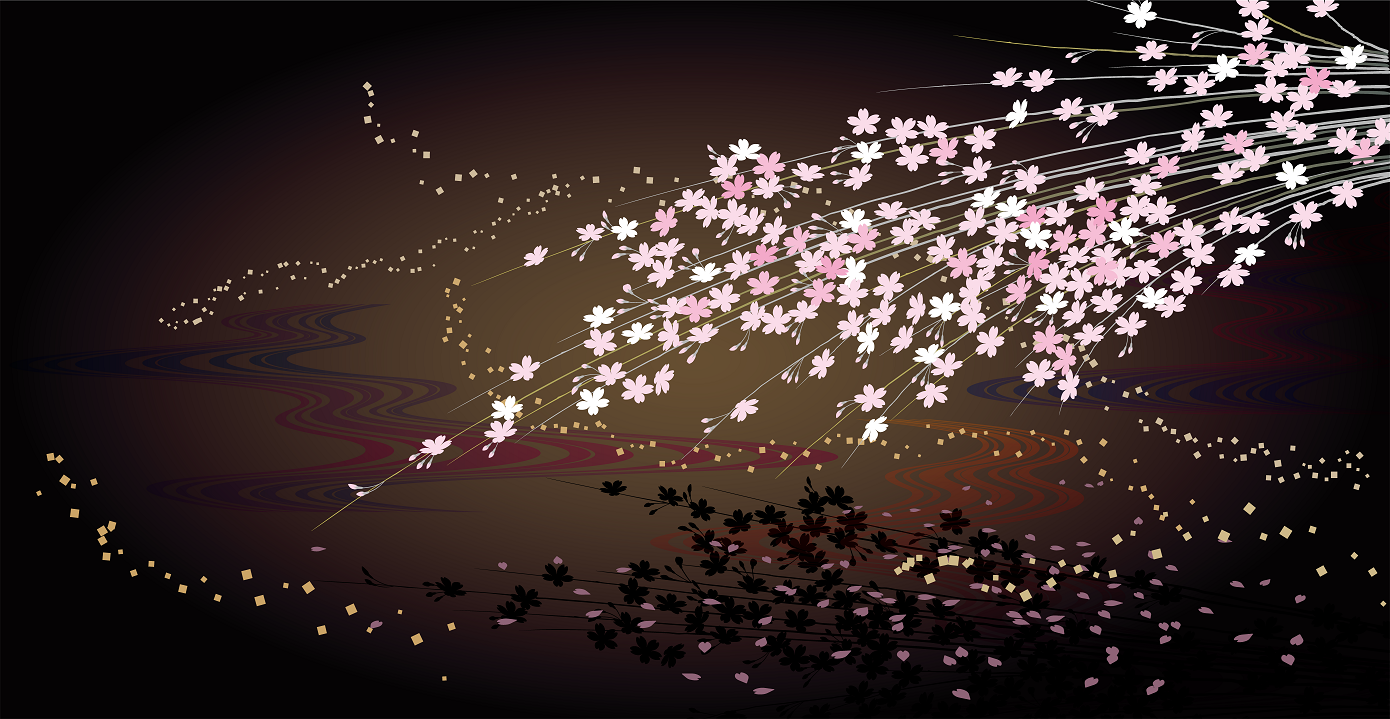Shinto is Japan’s native religion. It is based on the Providence of Kami (God), the laws of nature, and ancestor worship. Historically, it existed from the dawn of Japanese civilization, but it became more clearly defined after Buddhism entered Japan in the middle of the sixth century.
According to Shinto mythology, Amaterasu-omikami, the goddess of the sun, was born to rule in Takamaga-hara (the Plain of High Heaven). The misbehavior of her younger brother upset her so much that she hid away in a cave, leaving the universe in complete darkness and chaos. Many gods enacted a lot of merrymaking to bring her out. Finally she came out and shone again, thereby restoring order.
Six generations after her, Jinmu became Japan’s First Emperor. This legend supported the hegemony of the Imperial family over other ancient great families, and thus Shintoism became part of the emperor system (tennoism) of Japan.
With the Meiji Restoration in 1868, Shinto became the state religion promoting the authority of the emperor, and shrines were supported by the Government. The state religion union took on a nationalistic tone. Especially in the jingoistic decade of the 1930s, “State Shintoism” was prevalent. But after World War II, it was disbanded, and only “Shrine Shintoism” and “Sect Shintoism” remained. Today people visit a Shinto shrine to pray for the materialization of their wishes and to attend certain self-purification services.
Shinto 神道


この記事が気に入ったら
いいねしよう!
最新記事をお届けします。










New comment